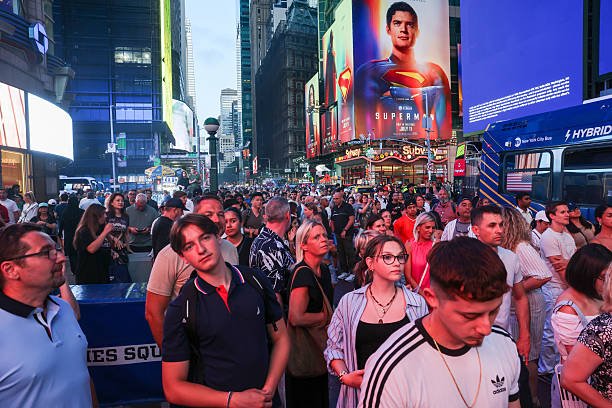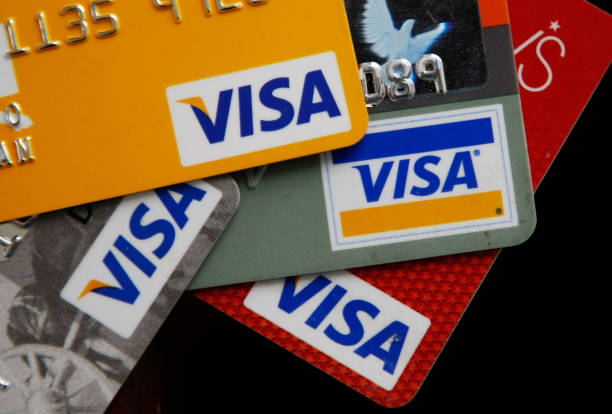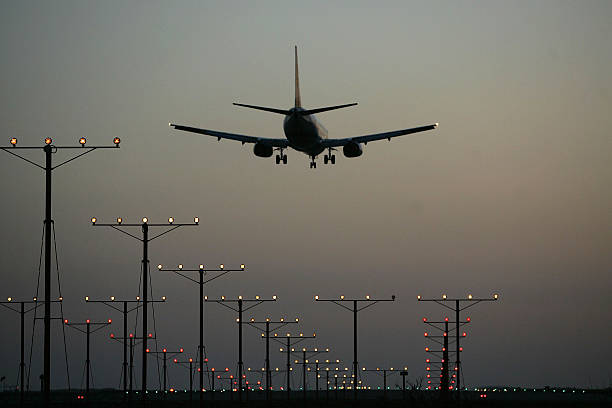US visa fee increase for foreign travelers is coming into effect at the end of September 2025, and millions of international visitors could be impacted. The new fee hikes, announced under the Trump administration’s “One Big Beautiful Bill,” will affect travelers from more than 40 Visa Waiver Program countries, as well as those entering by land or applying for certain electronic authorizations.
Travelers planning trips to the United States — whether for tourism, business, or family visits — will need to budget for higher costs when applying for entry. Here’s a detailed look at what’s changing, why it matters, and how it could affect international tourism.
Key Changes to US Visa and Travel Fees
The most significant update is the increase in Electronic System for Travel Authorization (ESTA) fees. ESTA is the system that allows citizens from Visa Waiver Program countries, including the UK, Australia, New Zealand, Israel, and most of Europe, to visit the US without a traditional visa.
- Old fee: $21
- New fee (effective September 30): $40
This nearly doubles the cost of the application, which must be renewed every two years for repeat travelers.
But ESTA isn’t the only fee seeing an increase. The I-94 Arrival/Departure Record fee, which applies to travelers arriving at US land borders, is also going up:
- Old fee: $6
- New fee (effective September 30): $30
Lastly, travelers from China will need to pay a $30 enrollment fee for the Electronic Visa Update System (EVUS), which is used to update visa information electronically.
The Visa Integrity Fee
Perhaps the most controversial measure is the $250 “visa integrity fee”, which will apply to many travelers from non-Visa Waiver countries. While the implementation date has not yet been finalized, the Department of Homeland Security has confirmed that it will require cross-agency coordination before enforcement.
Immigration experts are watching closely to see how this new fee will be collected, refunded (if at all), and monitored for compliance.
“It will be intriguing to see because lots of questions are out there. So we pay the fee, but how does it get refunded? Who is tracking compliance? How do you prove compliance?” said Houston-based immigration attorney Steven Brown.
Why the US Is Raising Travel Fees
Supporters of the US visa fee increase for foreign travelers argue that the new fees are necessary to fund border security, immigration processing, and infrastructure upgrades at airports and land crossings. The Trump administration framed the hikes as part of a broader strategy to make the system “self-funding” and reduce the burden on US taxpayers.
Critics, however, warn that the higher fees could discourage tourism at a time when international travel to the United States is already in decline.
The World Travel and Tourism Council (WTTC) projected that the US will lose $12.5 billion in international visitor spending in 2025, making it the only country among 184 global economies expected to see a drop this year.
Impact on Tourism and Travel
The increase in costs comes as many travelers — especially Canadians and Europeans — are rethinking trips to the United States. Some tourism experts worry that the higher fees will further discourage international visitors, potentially harming the US economy and hospitality sector.
“Travelers are already facing higher airfare and hotel costs due to inflation. These additional visa and entry fees could make the US a less attractive destination, especially for short-term trips,” said a spokesperson for the Global Travel Alliance.

Tour operators, airlines, and tourism boards are now urging travelers to apply for ESTA before September 30 to lock in the lower $21 rate.
What Travelers Should Do Now
If you are planning to visit the US in the next 6–12 months, here are some steps to consider:
- Apply for ESTA early – If you are from a Visa Waiver Program country, apply before September 30 to save money. ESTA approvals are typically valid for two years or until your passport expires.
- Budget for higher costs – Include the I-94 fee, EVUS fee (if applicable), and future visa integrity fee in your travel planning.
- Stay updated – Watch for announcements from the US Department of Homeland Security about when the visa integrity fee will be implemented.
- Work with an immigration attorney – For frequent business travelers or those with complex visa histories, an attorney can help avoid compliance issues.
How Other Countries Handle Visa Fees
While the US visa fee increase for foreign travelers has sparked debate, the US is not alone in charging high entry fees. Many countries have introduced similar measures:
- European Union: Will soon launch the ETIAS travel authorization system, charging a €7 fee for visitors from visa-exempt countries.
- Australia: Electronic Travel Authority (ETA) applications cost about AUD $20.
- New Zealand: Requires visitors to pay an NZD $35 International Visitor Conservation and Tourism Levy.
These fees reflect a growing trend where governments seek to fund border management and offset the environmental and infrastructure costs of tourism.

The Bottom Line
The US visa fee increase for foreign travelers marks a significant change for millions of visitors worldwide. Whether you are coming for a holiday, business trip, or to see family, expect to pay more starting September 30.
While most analysts believe the fees won’t completely deter international visitors, they may slow recovery in tourism at a time when the US is already struggling to regain pre-pandemic travel levels.
For now, the best advice is to plan ahead, apply early, and stay informed about upcoming policy changes. Doing so can help you avoid last-minute surprises and unnecessary extra costs.
Source: CNN


